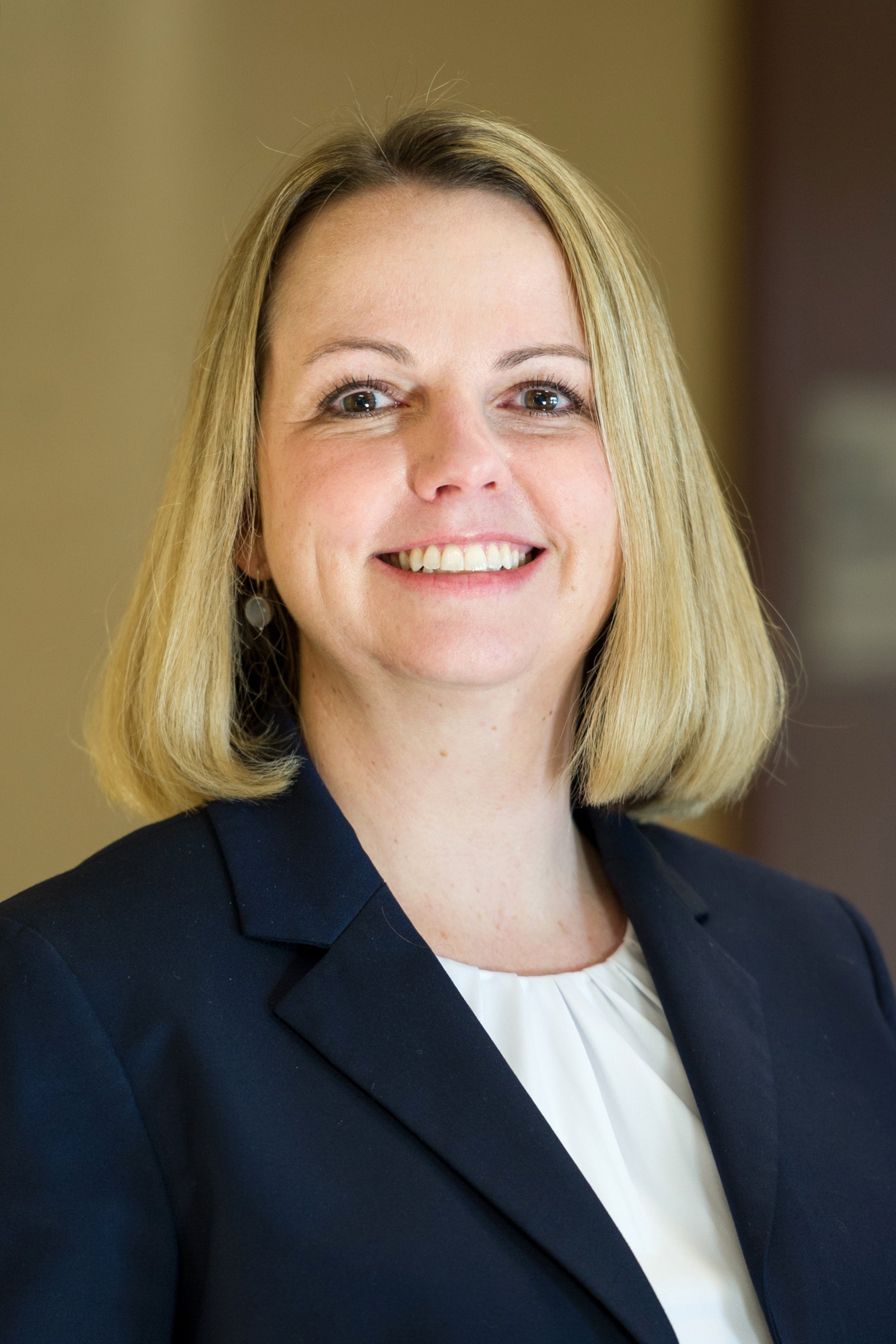
Each year, the graduating cohort in Boise State’s Doctorate of Nursing Practice come together to share their culminating projects with friends and faculty in the program. Seven practicing nurses and healthcare leaders from Seattle to Baltimore make up this year’s cohort. Jody Acheson, a Boise-based nurse, presented her project aimed at reducing the personal burden for caregivers of bone marrow transplant patients.
“I manage the transplant program [at a local hospital] and I have always been aware of the challenges caregivers face,” said Acheson. “Caregivers do experience burden and they need support and ways to cope.”
Bone marrow transplants is a common treatment for a wide range of cancerous and non-cancerous diseases. Preparing for a transplant may involve immunosuppressants or chemotherapy. After the transplant, it may take several weeks for the transplanted cells to establish in the patient. For these reasons, most hospitals require that patients have a contracted caregiver for up to 100 days post transplant. Patients can hire an in-home caregiver from an agency or hospital, but that can be cost prohibitive.
Caregivers may experience significant depression, anxiety, social isolation and relationship issues as a result of this lifestyle change. All of this can be compounded by unpaid time off work or missing time in school. Caregiver burden is not particularly well-researched; when Acheson began her work in 2018, there were only eight scholarly articles published on the subject. Despite the lack of formal research, it is evident that caregiver psychosocial support is an important factor in improving patient and caregiver outcomes.
For her doctoral project, Acheson developed a support program for caregivers of bone marrow transplant patients. Her program was optional for caregivers; a total of five patients and their caregivers chose to participate. Participation consisted of four confidential sessions developed and led by a social worker, beginning two weeks post-transplant and continuing weekly. The program ended six weeks post-transplant.
During the first session, participants discussed an overview of the caregiver’s role and their personal levels of stress; in the second, they outlined coping skills and techniques; in the third, stress management and coming to terms with not being in control of the situation at all times; in the final session, the caregiver was presented with partner communication and social support strategies.
Over the course of her project, Acheson encountered several barriers for participation in her program. In some cases, she found that families and friends may “tag team” as caregivers. This can involve one person taking the first 30 days, another the next 30 days, etc.
Two caregivers did not complete the program because they had to return to work within the six-week program period, and another caregiver took over the role.
Other participants had to relocate during the post-transplant recovery period. In Idaho and Oregon, there are only a handful of transplant hospitals serving a large area, so having the procedure done involves a long trip for some patients. Acheson found that if the social worker was located in the same city as the transplant hospital, attending all sessions may just not be feasible due to commute constraints.
Based on her preliminary findings, Acheson hopes to take advantage of telehealth technologies to allow future meetings with social workers and clients over video and phone conferences. This will make it easier for caregivers to make time, and may also allow multiple friends or family members to participate if they are sharing the role of caregiver. Other considerations may involve combining sessions and provide two or three total instead of four.
Significant procedures such as transplants are big life events, impacting a patient’s body and the life they lead during and after recovery. Acheson plans to continue serving Treasure Valley residents, from patients who undergo a procedure to others who never even step foot in her hospital.
– By Angela Fairbanks